Negative Ulnar Variance Treatment
Negative ulnar variance treatment. Minimally invasive techniques may be used and can speed recovery. The term ulnar variance refers to anatomic variation in the length of the distal radius and ulna as measured at the site of their articulation with the lunate Fig 1 8. In the ulnar neutral wrist this dynamic positive ulnar variance results in an increase in ul-.
No ulnar nonunions were reported and only one patient had residual ulna minus variant at follow-up examination. They concluded Ulnar variance may be changed after a TFCC tear. The patients treated by ulnar lengthening had no pain and obtained a good range of motion.
Ulnar variance may be. However as time went on the ulnar variance increased again which could be one of the causes of ulnar impaction syndrome and ulnar-sided wrist pain Also of note the position of the elbow matters. Radial shortening in wrists with negative ulnar variance and capitate shortening or radial-wedge osteotomy in wrists with neutral or positive ulnar variance.
6 linhas Ulnar variance is the length of the ulna compared to the length of the radius at the wrist. Ulnar variance also known as Hulten variance refers to the relative lengths of the distal articular surfaces of the radius and ulna. Severe stages of positive variance conditions may require wrist arthroscopy to repair tears and ligament injuries.
The minimum follow-up was 35 years. I It is thought to result from vascular injury consequent to a single microfracture or a series of microfractures sustained by the lunate through exposure to abnormal compression and shearing forces. 2 It has been suggested that ulnar variance especially the ulna-minus variance plays a significant role in the development of this condition3 This concept has led to treatment of this condition by the equalization of radio-ulnar.
There is a significant association between negative ulnar variance and Kienböck disease although the majority of people with negative ulnar variance do not have this condition. A combined radial wedge and shortening osteotomy was carried out for Kienböcks disease with non-negative ulnar variance. Radius and ulna and the carpus.
A negative variance occurs when the ulna is shorter than the radius. Negative ulnar variance is a condition in.
Ulnar variance may be.
6 linhas Ulnar variance is the length of the ulna compared to the length of the radius at the wrist. In our study it decreased after TFCC foveal repair. With neutral or negative ulnar variance3 Forearm pronation and grip both result in a rela-tive increase in ulnar length46 In ulnar neutral or negative wrists this increase in relative length can be enough to create a dynamic positive ulnar variance. The term ulnar variance refers to anatomic variation in the length of the distal radius and ulna as measured at the site of their articulation with the lunate Fig 1 8. It was found in 21 of 203 normal wrists. A negative variance occurs when the ulna is shorter than the radius. A causal association is difficult to prove however the effectiveness of decompressive procedures such as radial shortening or ulnar lengthening in relieving pain and preventing further collapse of the lunate supports this 1. They concluded Ulnar variance may be changed after a TFCC tear. This can be accomplished by extra-articular ulnar shortening osteotomy or an arthroscopic intra-articular wafer resection of the ulna to correct the disparity between the lengths of the radius and ulna 137 139.
6 linhas Ulnar variance is the length of the ulna compared to the length of the radius at the wrist. They concluded Ulnar variance may be changed after a TFCC tear. 6 linhas Ulnar variance is the length of the ulna compared to the length of the radius at the wrist. An ulnar shortening procedure should be performed for positive ulnar variance to relieve ulnar impaction Fig. We have observed an increased incidence 49 of this anomaly in patients with carpal ligamentous instabilities dorsiflexion instability palmar fl. These two variances respond well to conservative treatments such as exercise. Severe stages of positive variance conditions may require wrist arthroscopy to repair tears and ligament injuries.






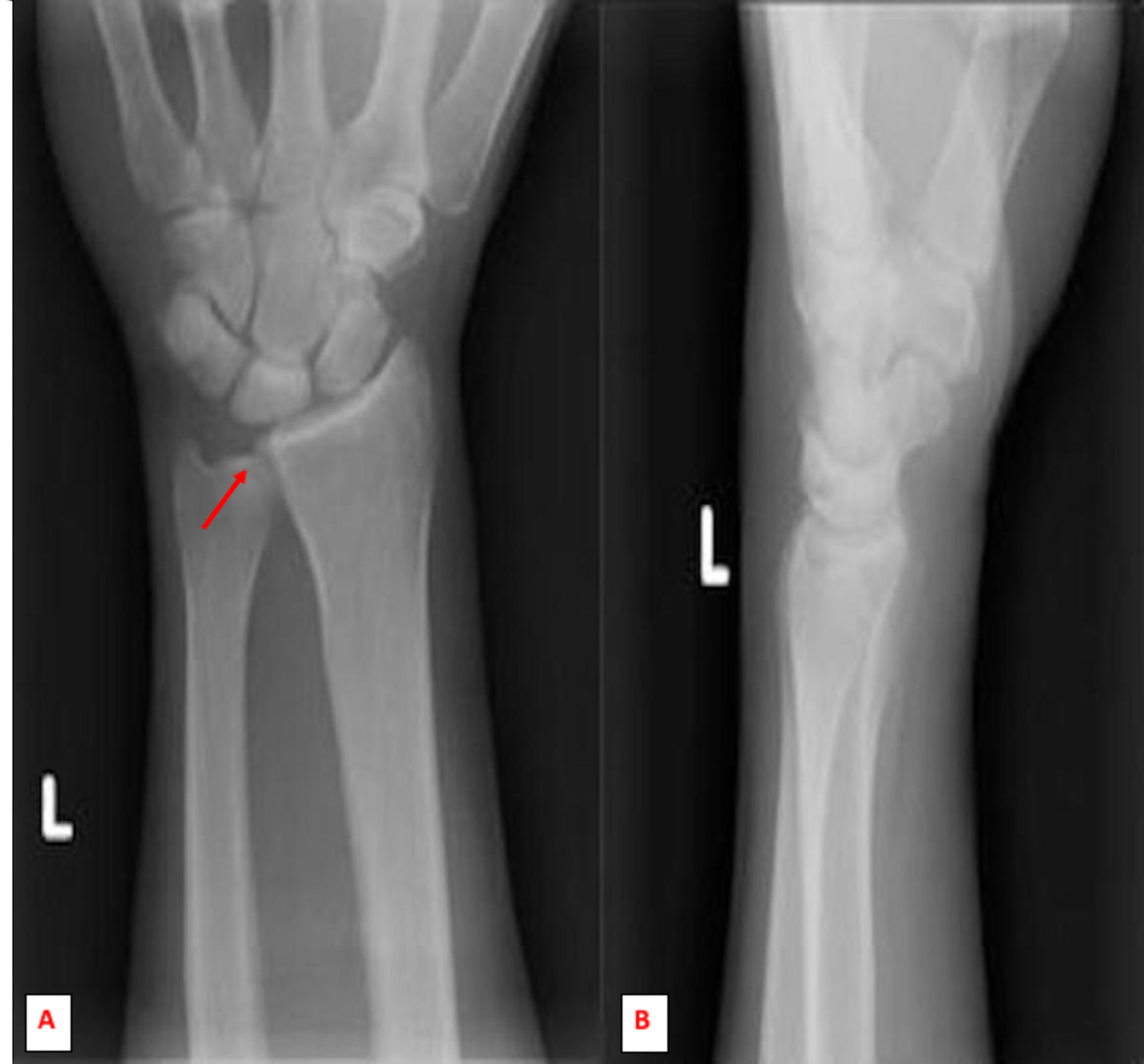



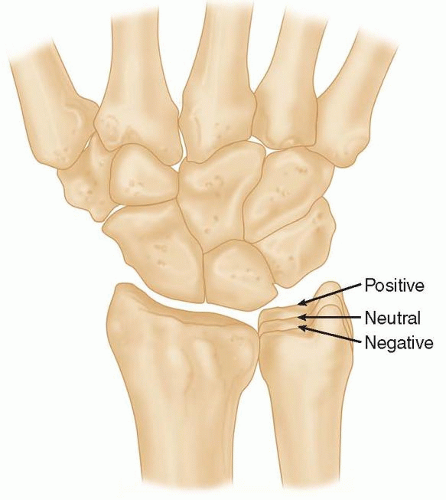


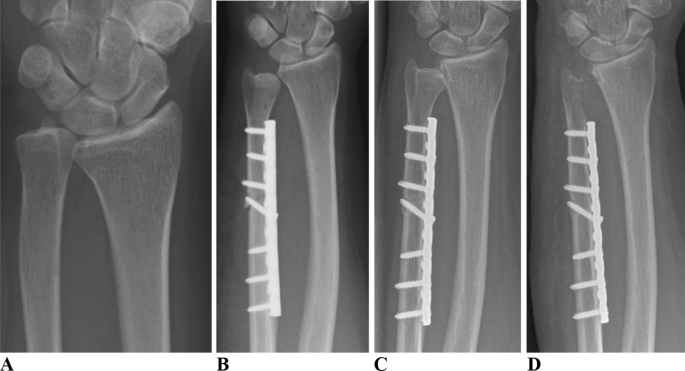






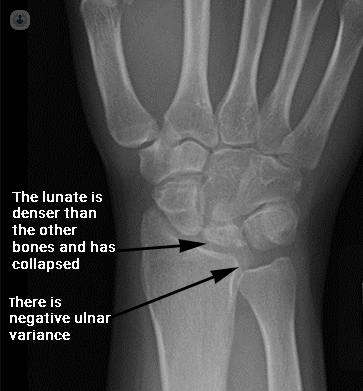
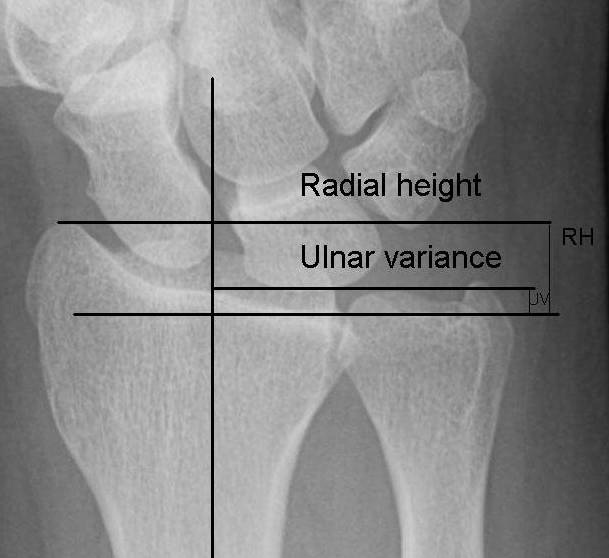
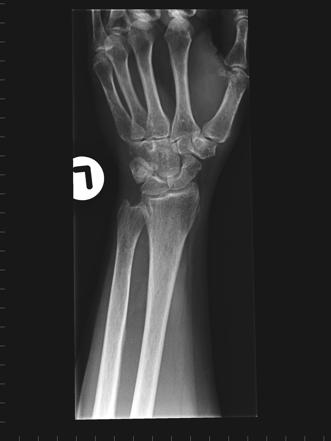



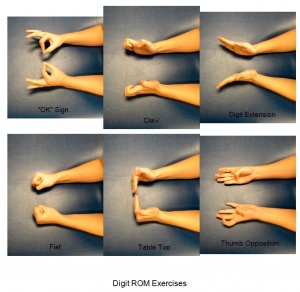
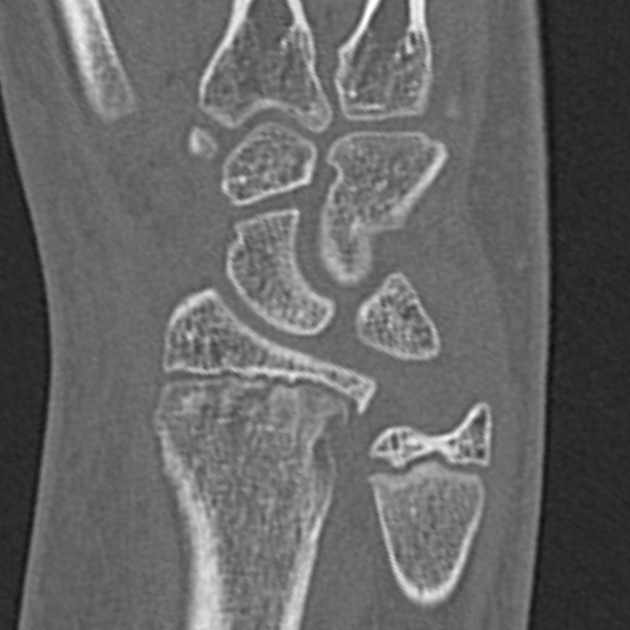
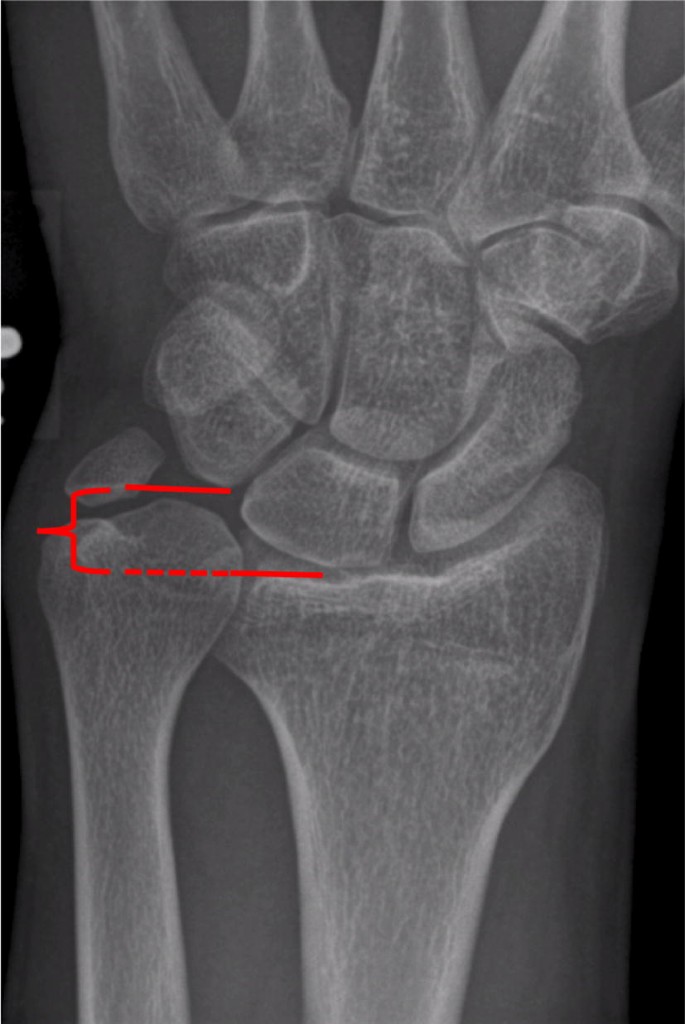


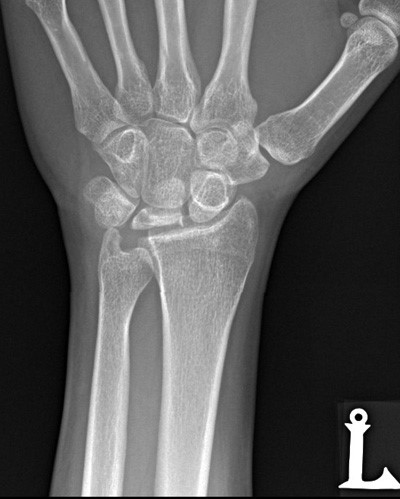

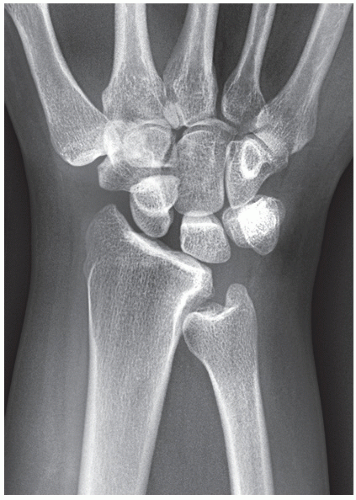





Post a Comment for "Negative Ulnar Variance Treatment"